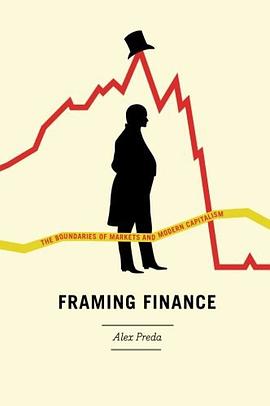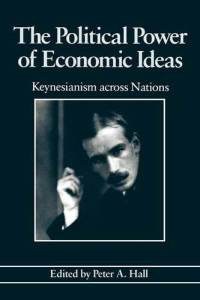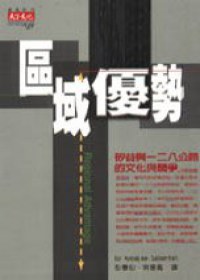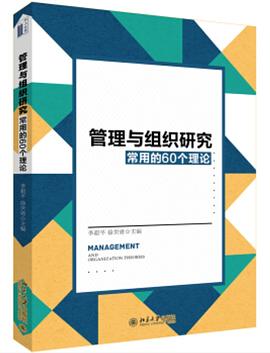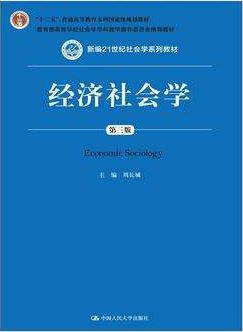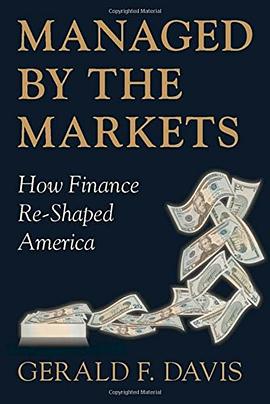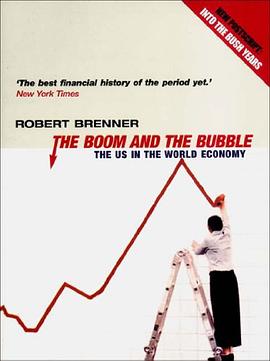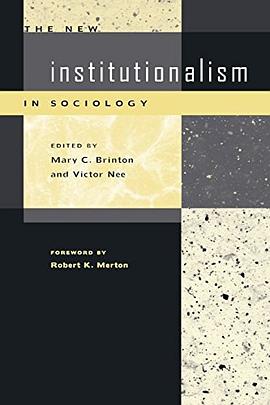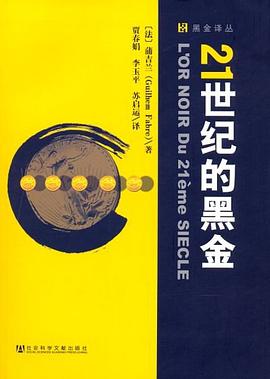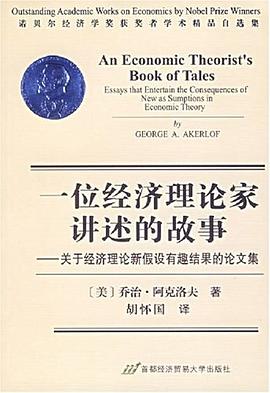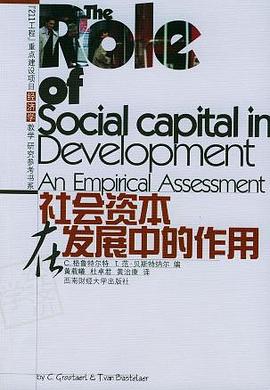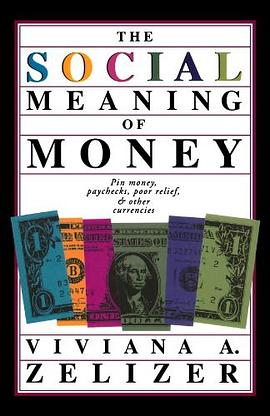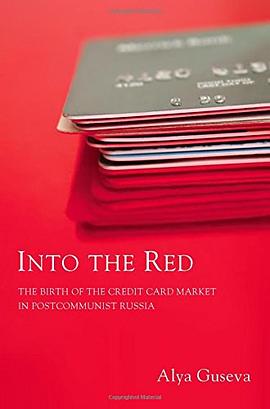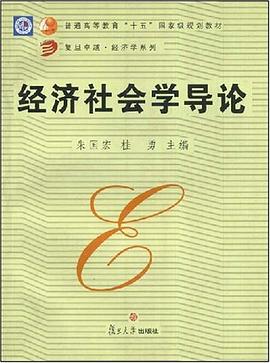

As new medical technologies are developed, more and more human tissues - such as blood, organs, skin, bones, heart valves, embryos, and stem cell lines - are stored and distributed for therapeutic and research purposes. The accelerating circulation of human tissue fragments raises profound social and ethical concerns related to who donates or sells bodily tissue, who receives it, and who profits - or does not - from the transaction. Catherine Waldby and Robert Mitchell survey the rapidly expanding economies of exchange in human blood, tissues, and organs, explaining the complex issues at stake and suggesting likely developments. Comparing contemporary tissue economies in the United Kingdom and United States, they explore and complicate the distinction that has dominated practice and policy for several decades: the distinction between tissue as a gift to be exchanged in a transaction separate from the commercial market and tissue as a commodity to be traded for profit. Waldby and Mitchell pull together a prodigious amount of research - involving policy reports and scientific papers, operating manuals, legal decisions, interviews, journalism, and Congressional testimony - to offer a series of case studies based on particular forms of tissue exchange. They examine the effect of threats of contamination - from HIV and other pathogens - on blood banks' understandings of the gift/commodity relationship; the growth of autologous economies, in which individuals bank their tissues for their own use; the creation of the United Kingdom's Stem Cell bank, which facilitates the donation of embryos for stem cell development; and the legal and financial repercussions of designating some tissues 'hospital waste'. They also consider the impact of different models of biotechnology patents on tissue economies and the relationship between experimental therapies to regenerate damaged or degenerated tissues and calls for a legal, for-profit market in organs. Ultimately, Waldby and Mitchell conclude that scientific technologies, the globalization of tissue exchange, and recent anthropological, sociological, and legal thinking have blurred any strict line separating donations from the incursion of market values into tissue economies.
具体描述
读后感
用户评价
稍比想象中有趣,全书以Timuss为超越的对象,以礼物-商品的二分为靶子,后半本车轱辘话有些多。对Titmuss的评论、entanglement与disentanglement划分、废弃物产生医用价值几个部分有启发。
评分稍比想象中有趣,全书以Timuss为超越的对象,以礼物-商品的二分为靶子,后半本车轱辘话有些多。对Titmuss的评论、entanglement与disentanglement划分、废弃物产生医用价值几个部分有启发。
评分稍比想象中有趣,全书以Timuss为超越的对象,以礼物-商品的二分为靶子,后半本车轱辘话有些多。对Titmuss的评论、entanglement与disentanglement划分、废弃物产生医用价值几个部分有启发。
评分稍比想象中有趣,全书以Timuss为超越的对象,以礼物-商品的二分为靶子,后半本车轱辘话有些多。对Titmuss的评论、entanglement与disentanglement划分、废弃物产生医用价值几个部分有启发。
评分稍比想象中有趣,全书以Timuss为超越的对象,以礼物-商品的二分为靶子,后半本车轱辘话有些多。对Titmuss的评论、entanglement与disentanglement划分、废弃物产生医用价值几个部分有启发。
相关图书
本站所有内容均为互联网搜索引擎提供的公开搜索信息,本站不存储任何数据与内容,任何内容与数据均与本站无关,如有需要请联系相关搜索引擎包括但不限于百度,google,bing,sogou 等
© 2025 onlinetoolsland.com All Rights Reserved. 本本书屋 版权所有

